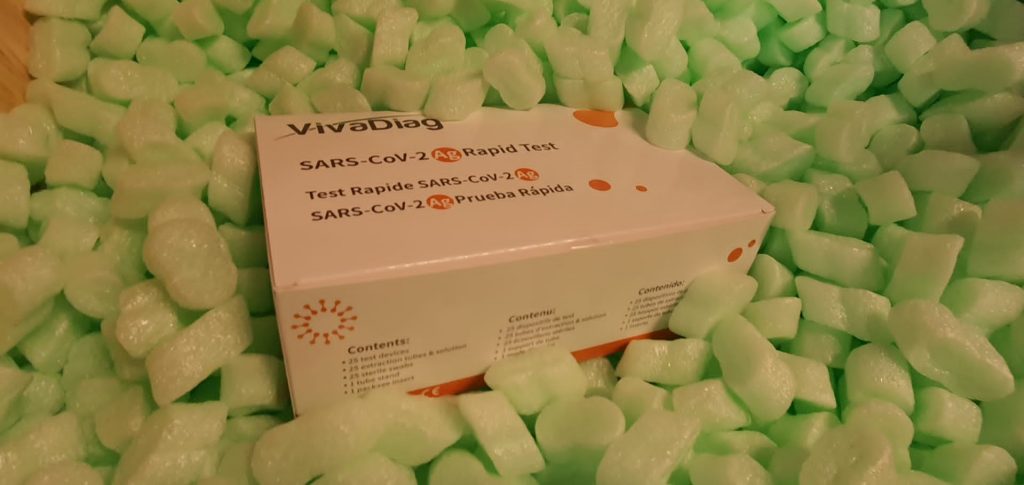Angiotensin-converting enzyme 2 (ACE2) and accent proteases (TMPRSS2 and CTSL) are wanted for extreme acute respiratory syndrome coronavirus 2 (SARS-CoV-2) mobile entry, and their expression could make clear viral tropism and affect across the physique. We assessed the cell-type-specific expression of ACE2, TMPRSS2 and CTSL across 107 single-cell RNA-sequencing research from totally different tissues. ACE2, TMPRSS2 and CTSL are coexpressed in particular subsets of respiratory epithelial cells within the nasal passages, airways and alveoli, and in cells from different organs related to coronavirus illness 2019 (COVID-19) transmission or pathology.
We carried out a meta-analysis of 31 lung single-cell RNA-sequencing research with 1,320,896 cells from 377 nasal, airway and lung parenchyma samples from 228 people. This revealed cell-type-specific associations of age, intercourse and smoking with expression ranges of ACE2, TMPRSS2 and CTSL. Expression of entry elements elevated with age and in males, together with in airway secretory cells and alveolar sort 2 cells. Cell-type-specific expression patterns could contribute to the pathogenesis of COVID-19, and our work highlights putative molecular pathways for therapeutic intervention. T
Expression applications shared by ACE2+TMPRSS2+ cells in nasal, lung and intestine tissues included genes that will mediate viral entry, key immune capabilities and epithelial-macrophage cross-talk, similar to genes concerned within the interleukin-6, interleukin-1, tumor necrosis issue and complement pathways. he worth of dN-dS (6.2231, p < 0.05) hinted at pure choice of PfTRAP on Bioko Island. Globally, the African PfTRAPs confirmed extra numerous than the Asian ones, and vital genetic differentiation was found by the fixation index between African and Asian international locations (Fst > 0.15, p < 0.05).
A complete of 119 Bioko PfTRAP sequences have been amplified efficiently. On Bioko Island, PfTRAP reveals its excessive diploma of genetic variety and heterogeneity, with π worth for 0.01046 and Hd for 0.99. 667 Asian isolates clustered in 136 haplotypes and 739 African isolates clustered in 528 haplotypes by community evaluation. The mutations I116T, L221I, Y128F, G228V and P299S have been predicted as most likely damaging by PolyPhen on-line service, whereas mutations L49V, R285G, R285S, P299S and Ok421N would result in a big improve of free power distinction (ΔΔG > 1) indicated a destabilization of protein construction.
Analysis of Genetic Diversity in Indian Isolates of Rhipicephalus microplus Based on Bm86 Gene Sequence
The management of cattle tick, Rhipicephalus microplus, is targeted on repeated use of acaricides. However, because of rising acaricide resistance and residues downside, immunization of animals together with restricted use of efficient acaricides is taken into account an appropriate possibility for the management of tick infestations. To date, greater than fifty vaccine candidates have been recognized and examined worldwide, however two vaccines have been developed utilizing the extensively studied candidate, Bm86.
The principal motive for restricted vaccine commercialization in different international locations is genetic variety within the Bm86 gene resulting in appreciable variation in vaccine efficacy. India, with 193.46 million cattle inhabitants distributed in 28 states and 9 union territories, is affected by a number of tick infestation dominated by R. microplus. As R. microplus has developed multi-acaricide resistance, an efficacious vaccine could present a sustainable intervention for tick management. The identities of nucleotides and deduced amino acids have been 94.7-99.8% and 91.8-99.5%, respectively, between full-length sequence (orf) of the Bm86 gene of IVRI-I pressure and printed sequences of vaccine strains.
Preliminary experiments revealed that the presently accessible industrial vaccine based mostly on the BM86 gene is just not efficacious in opposition to Indian pressure. In live performance with the precept of reverse vaccinology, genetic polymorphism of the Bm86 gene inside Indian isolates of R. microplus was studied. A 578 bp conserved nucleotide sequences of Bm86 from 65 R. microplus isolates collected from 9 Indian states was sequenced and revealed 95.6-99.8% and 93.2-99.5% identification in nucleotides and amino acids sequences, respectively.
Six nucleotides deletion have been noticed in Indian Bm86 sequences. Four B-cell epitopes , that are current within the conserved area of the IVRI-I Bm86 sequence, have been chosen. The outcomes verify that the use of accessible industrial Bm86 vaccines is just not an appropriate possibility in opposition to Indian isolates of R. microplus. A rustic-specific multi-epitope Bm86 vaccine consisting of 4 particular B-cell epitopes together with candidate molecules, subolesin and tropomyosin in chimeric/co-immunization format could present a sustainable possibility for implementation in an built-in tick administration system.

Selection of reference genes for gene expression evaluation in Liriodendron hybrids’ somatic embryogenesis and germinative tissues
The differential expression of genes is essential for plant somatic embryogenesis (SE), and the correct quantification of gene expression ranges depends on selecting applicable reference genes. To choose essentially the most appropriate reference genes for SE research, 10 generally used reference genes have been examined in synchronized somatic embryogenic and subsequent germinative cultures of Liriodendron hybrids through the use of quantitative real-time reverse transcription PCR. Four well-liked normalization algorithms: geNorm, NormFinder, Bestkeeper and Delta-Ct have been used to pick out and validate the acceptable reference genes.
[Linking template=”default” type=”products” search=”Acetone for Pesticide Residue Analysis” header=”2″ limit=”122″ start=”1″ showCatalogNumber=”true” showSize=”true” showSupplier=”true” showPrice=”true” showDescription=”true” showAdditionalInformation=”true” showImage=”true” showSchemaMarkup=”true” imageWidth=”” imageHeight=””]
The outcomes confirmed that elongation issue 1-gamma, histone H1 linker protein, glyceraldehyde-3-phosphate dehydrogenase and α-tubulin have been appropriate for SE tissues, whereas elongation issue 1-gamma and actin have been greatest for the germinative organ tissues. Our work will profit future research of gene expression and practical analyses of SE in Liriodendron hybrids. It can also be serves as a information of reference gene choice in early embryonic gene expression analyses for different woody plant species.

